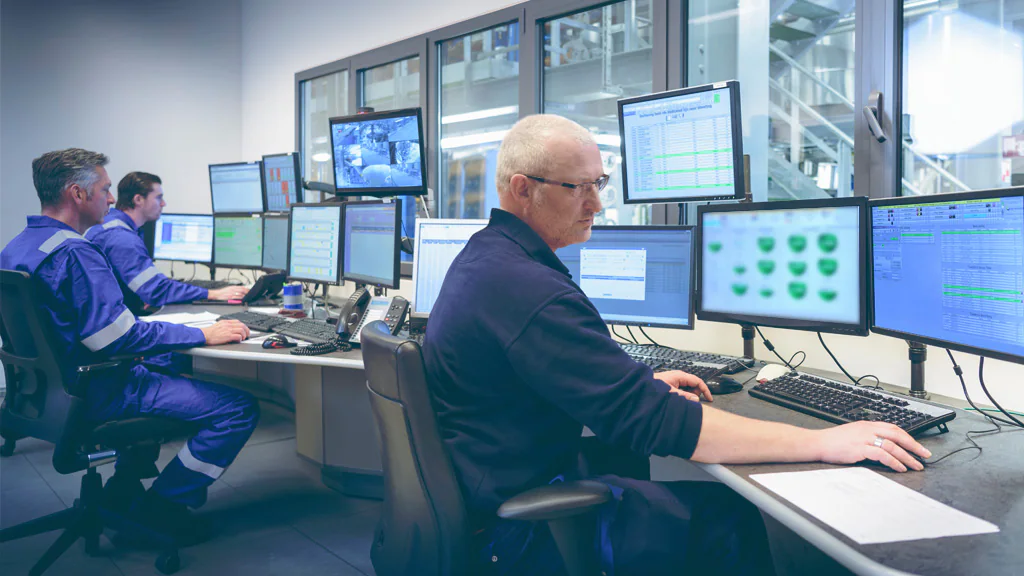
In the ever-evolving landscape of global trade and manufacturing, the concept of nearshoring has emerged as a game-changer for technology and electronics manufacturers. This strategic shift in production and supply chain management is reshaping the industry, offering numerous benefits to those who embrace it. Today, we delve into the nearshoring story for technology and electronics manufacturers and explore how it is revolutionizing the way they operate in a rapidly changing world.
The Nearshoring Phenomenon
Nearshoring, the practice of relocating manufacturing operations closer to the end market, has gained significant traction in recent years. This shift is driven by several factors, including the need for quicker response times, improved quality control, and the desire to reduce dependency on distant suppliers. For technology and electronics manufacturers, this trend is particularly relevant, given the dynamic nature of their products and the demand for innovation.
Proximity Breeds Efficiency
One of the primary advantages of nearshoring for technology and electronics manufacturers is increased efficiency. When production facilities are closer to their target markets, companies can significantly reduce lead times. This agility enables them to respond swiftly to changing consumer preferences and market trends.
Imagine a scenario where a smartphone manufacturer based in North America decides to nearshore its production to Mexico. In this case, they can cut down transportation times and costs, ensuring that the latest models reach consumers faster. The reduced distance also translates to fewer logistical hurdles, enabling companies to streamline their supply chains efficiently.
Quality Control Takes Center Stage
In the world of technology and electronics, quality is non-negotiable. Nearshoring allows manufacturers to maintain a tighter grip on quality control. They can closely monitor the production process, implement strict quality standards, and promptly address any issues that may arise.
To put it in perspective, a European electronics manufacturer nearshoring to Eastern Europe can easily oversee its production facilities, ensuring that each component meets the required specifications. This proximity fosters a culture of continuous improvement and innovation, which is vital in staying competitive in the fast-paced tech industry.

Mitigating Supply Chain Risks
Global supply chain disruptions, as witnessed in recent times, have highlighted the importance of risk mitigation. Nearshoring reduces a manufacturer’s vulnerability to unforeseen disruptions, such as natural disasters or geopolitical conflicts, that can impact distant offshore suppliers.
Consider a semiconductor manufacturer based in Asia relocating some of its production to the United States. By diversifying its manufacturing locations, the company becomes less susceptible to supply chain disruptions originating in a single region. This strategic move can safeguard the availability of critical components and maintain business continuity.
Talent Pool and Innovation
Nearshoring also taps into the local talent pool, fostering innovation and skill development. Technology and electronics manufacturers can benefit from the expertise of skilled workers in their nearshore locations. This exchange of knowledge often leads to creative solutions, improved product designs, and enhanced manufacturing processes.
For instance, a Silicon Valley tech giant nearshoring part of its production to India can leverage the country’s rich talent pool of software engineers and developers. This collaboration can result in the development of cutting-edge software and applications that cater to global markets.

The Environmental Aspect
In an era where environmental sustainability is a growing concern, nearshoring can also contribute to reducing a company’s carbon footprint. Shorter transportation distances mean fewer greenhouse gas emissions associated with the movement of goods. This aligns with the global push for greener and more sustainable practices.
Embracing the Nearshoring Revolution
In conclusion, nearshoring is rewriting the playbook for technology and electronics manufacturers. It offers a multitude of advantages, from enhanced efficiency and quality control to supply chain risk mitigation and access to local talent. As the world of manufacturing continues to evolve, embracing nearshoring may well be the key to staying competitive and resilient in an ever-changing global market.
The nearshoring trend is not limited to one industry; it is a strategy that can be tailored to the specific needs of different sectors. As technology and electronics manufacturers lead the charge, other industries are taking note, and nearshoring is poised to reshape the future of manufacturing as we know it.
In this era of unprecedented change, nearshoring stands as a beacon of adaptability and resilience, enabling companies to navigate the complexities of the global marketplace while delivering products that meet the demands of the modern consumer.




